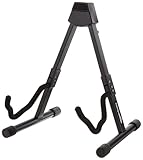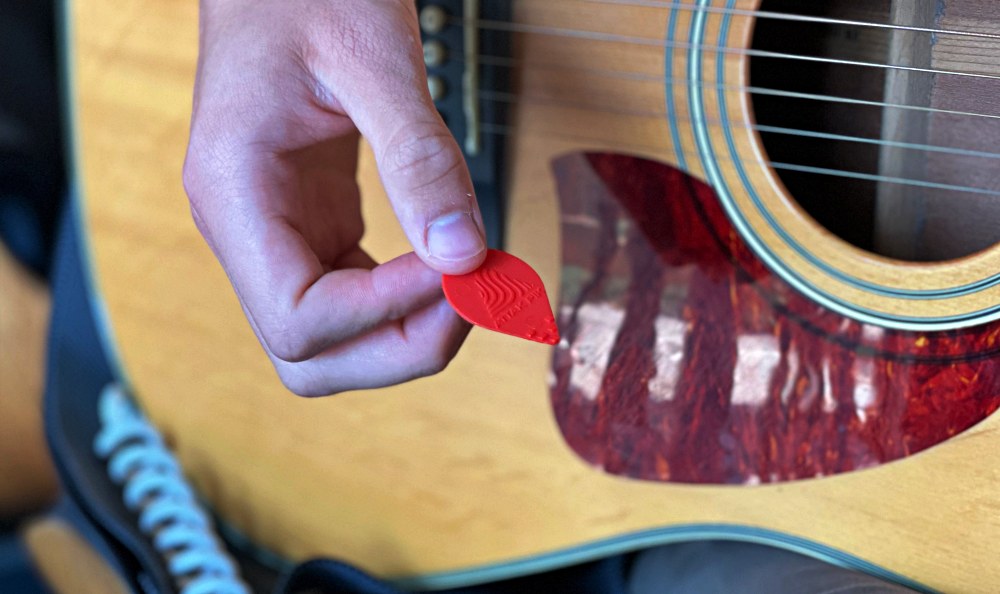
REVIEW – Guitar news typically focuses on the artists themselves (and why shouldn’t it) or the core equipment (guitars, amps, strings, pedals). However, there is an unsung component that rarely gets mentioned… the guitar pick. It could be that it’s just taken for granted, relegated to band merchandising or that everyone assumes a pick is a pick is a pick. Acoustik Attak has introduced a trio of picks with raised structures on the tip that can provide multiple strikes on a string, potentially providing a big sonic difference. We’re trying their Arsensal sampler of all three styles to find out.
What is it?
Acoustik Attak has three guitar picks, each with a different raised structures on the tip. Depending on your playing, these structures can strike a string multiple times per pass to create different sounds.
What’s in the bag?
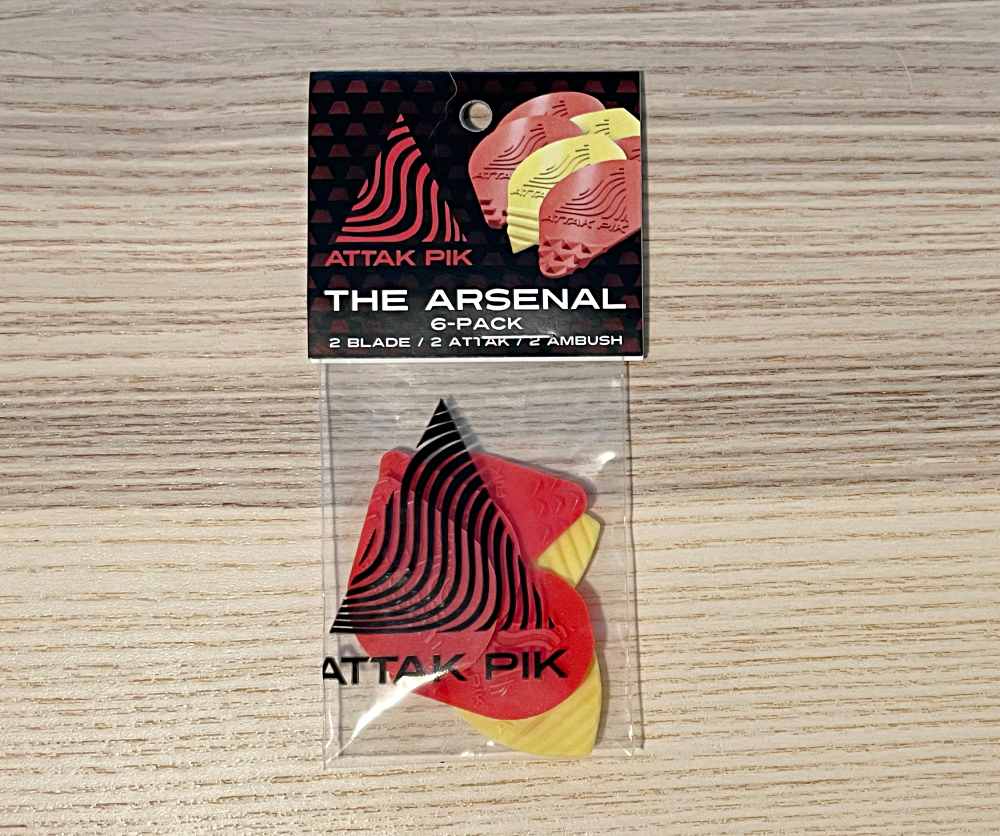
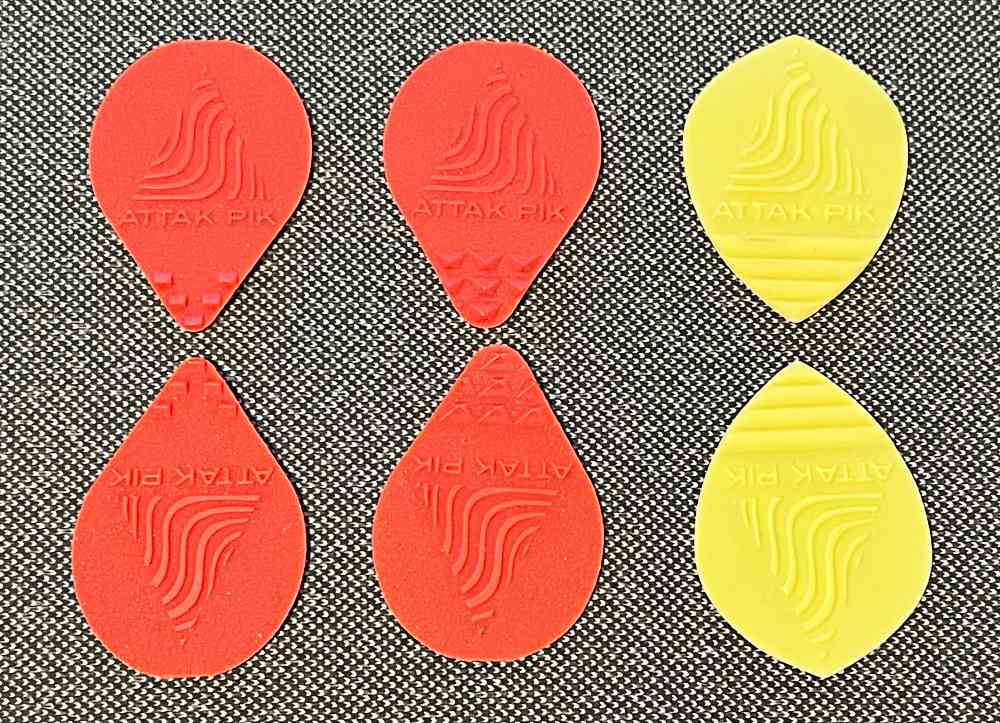
- The Arsenal Pak: 2 Ambush, 2 Attak, 2 Blade
Specs
Pick Size: 2.0mm Tip Structure | 1.0mm Grip | 0.60mm Base
Material: Nylon
Design and features
Guitar picks are traditionally triangular or teardrop shaped and either completely flat or flat with rounded edges. Acoustik Attacks new picks have very distinct raised structures on the striking surface that can strike a string multiple times per pass for a different sound. All 3 styles share the raised Attak Pik logo for grip when playing.
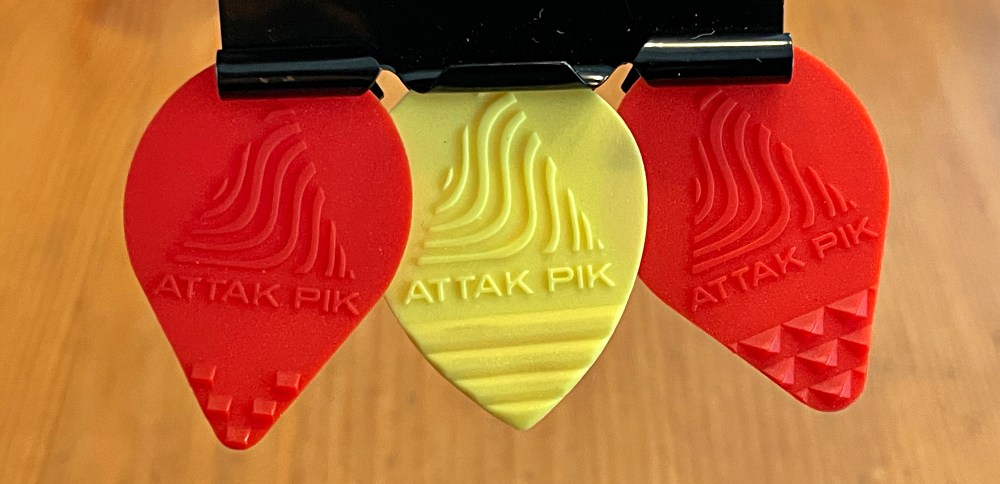
The Attak has small diamond structures set into 3 rows. These shapes can strike the strings more independently depending on your angle resulting in a much more full sound.
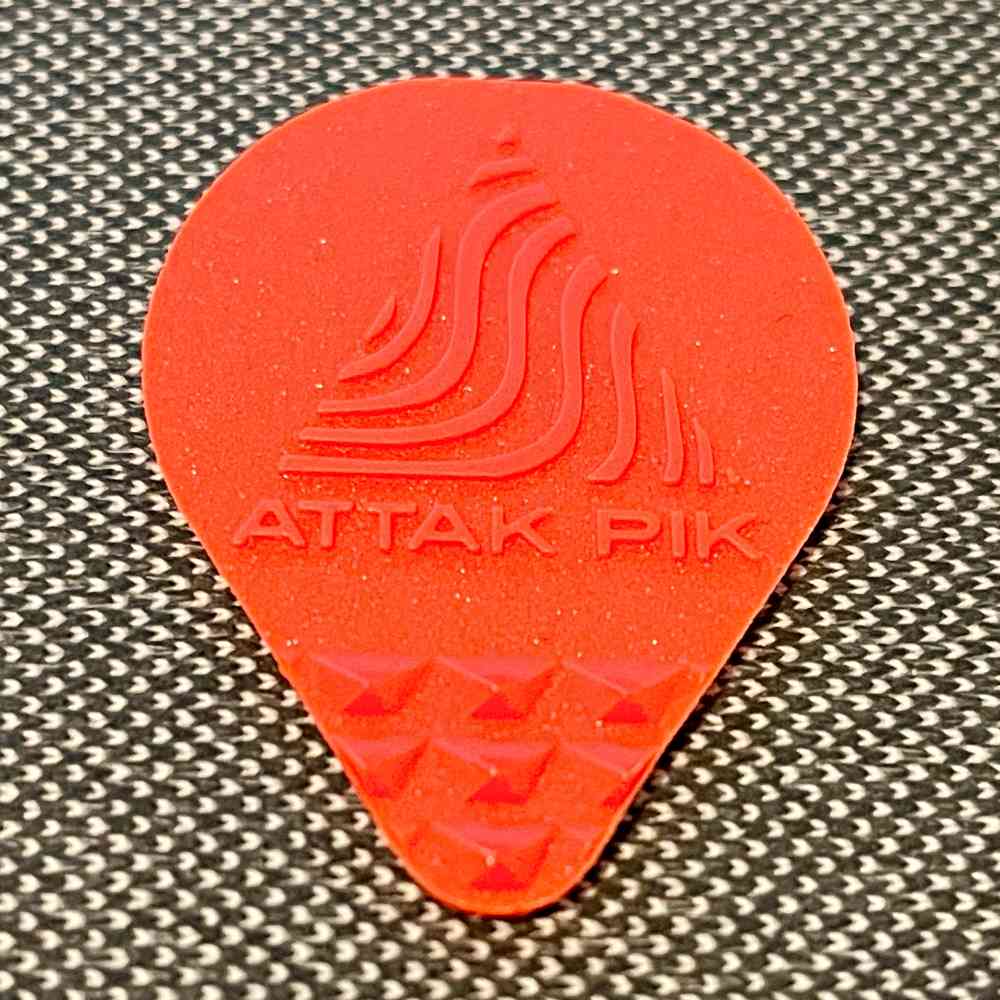
The Ambush has similar sized ramped structures set into a V shape. The shapes here are a little more aggressive and create a slightly sharper sound.
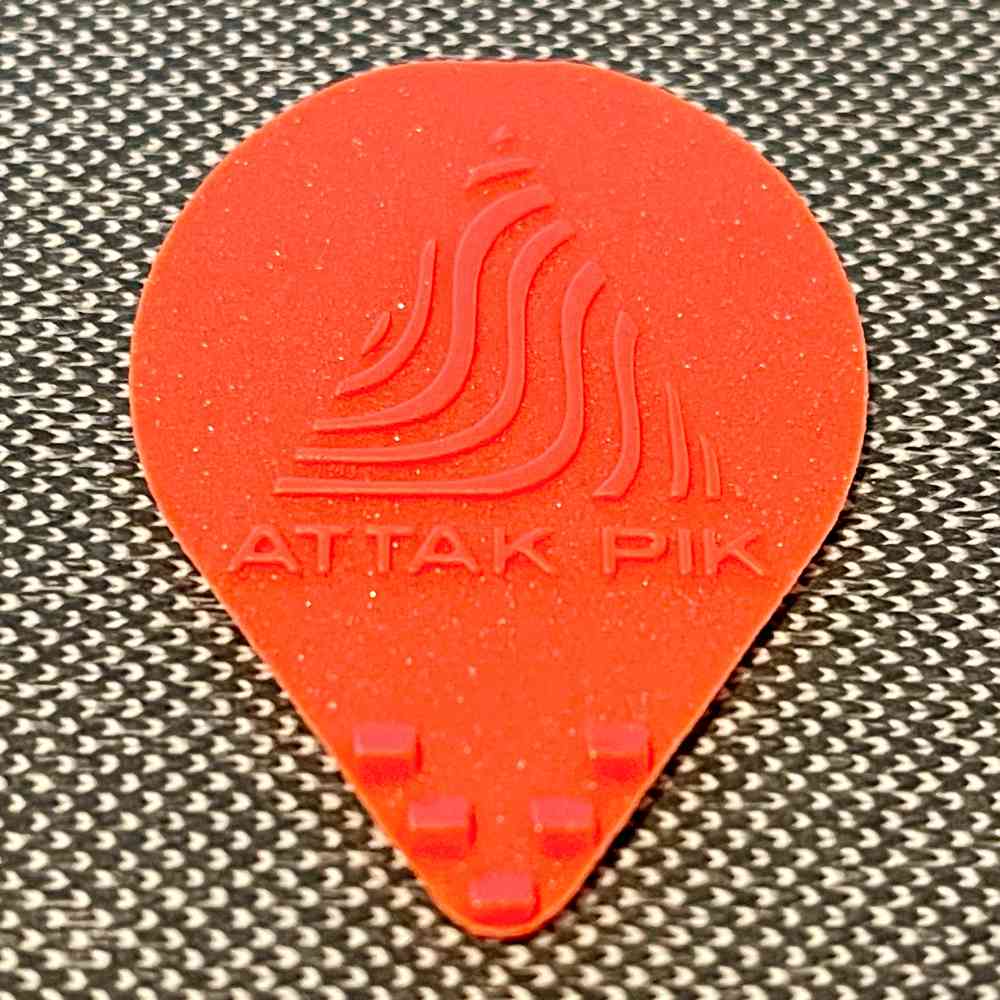
The Blade has ramped ridges the full width of the tip and a more even flex with the closest feel to a standard pick while still adding volume and multi-strike depth.
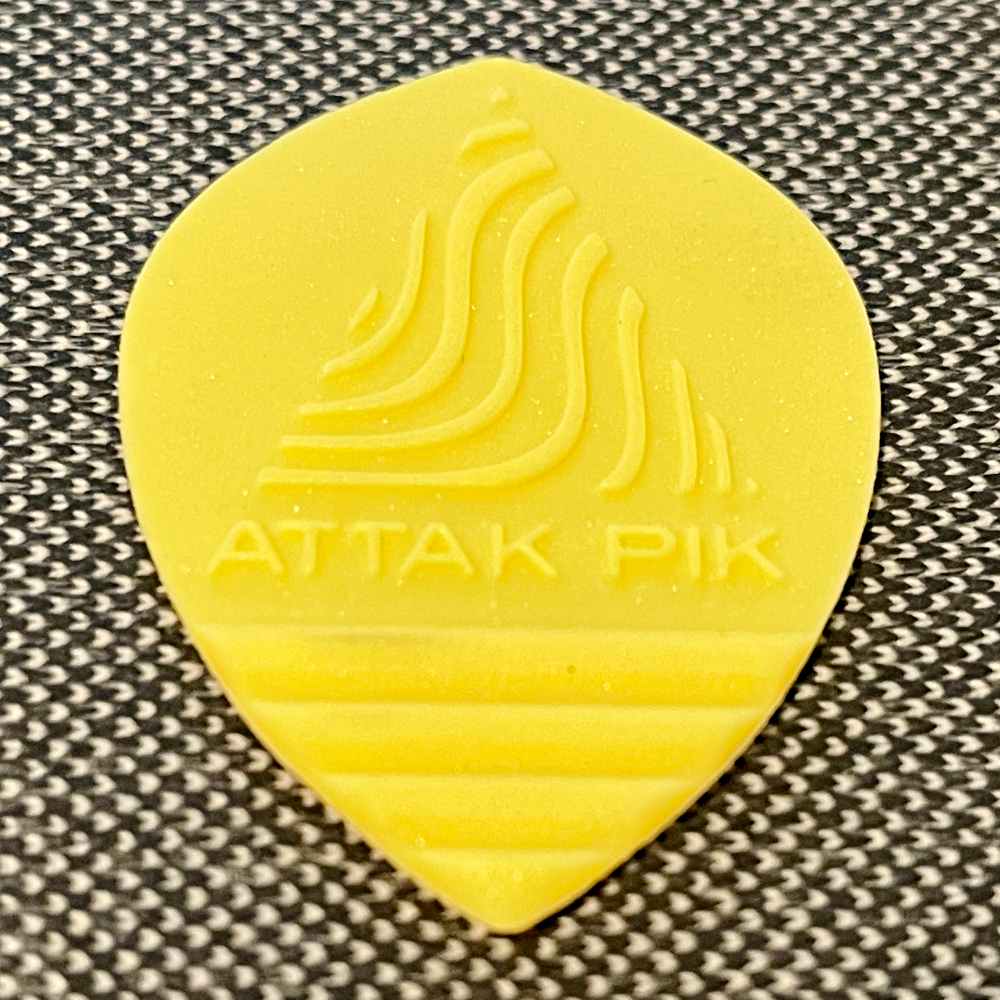
Performance
There’s really no setup here outside of just starting to play, so we’ll jump right into the review.
As usual with guitar products, Satchel is helping me out with this review. He’s been playing jazz guitar for a while now and he’s generally preferred thicker picks like the 2mm Dunlop 500 when playing jazz. Typically picks under .7mm have felt too flimsy for anything other than basic chords so he likes ones that are between .8mm to 1mm for general guitar duties.
His initial reaction was that the Attak Piks were crazy looking which makes sense because they do look very different. The fact that they feel normal to hold helps you jump right into giving them a whirl. In fact, the raised logo may help your hold if you’re used to a glossy pick or if you’ve struggled to hold onto picks while playing. This might be a small detail, but it can make a big difference.
The raised structures definitely create a different feel as the pick strikes the string. The way you play will absolutely determine how this affects your strike. With gentle, slow strums you can feel and hear the multiple strikes as they individually catch and release. Harder/firmer strikes may take some getting used to and/or require a bit of a learning curve to be able to play at your normal speed. Here’s a close up of the three from an angle so you can see how much the shapes protrude from the pick’s surface. In order, they are Attak, Ambush and Blade.

When first using, it’s cool to listen to how each of the pick styles have a unique sound, and even then the angle you strike the string can change that sound further. The best way to describe the difference from a standard pick to an Acoustic Attak is the addition of a percussive effect that creates a fuller sound. Depending on what you’re playing or how you’re picking that can be something deeper or brighter.
After using them for a while Satch talked to me about what he noticed. Here’s some takeaways…
- While it was initially a bit tricky to hear how Attak Piks affected the sound, it was much easier to notice how a normal pick had a ‘flat’ sound afterward.
- The Blade (yellow) played most like a normal pick as the ridges had a smoother strike and release. It also seemed to have a more natural even flex that had less effect on your personal style of picking.
- The Attak (left in the above image) played a little differently and flexed more at the tip. Each of the structures catch and release together in rows, or individually depending on your strike angle, but the pyramid design still release pretty smoothly. Satch felt this one sounded the brightest.
- The Ambush (center above) definitely had a more aggressive feel, had the most percussive sound and took the most getting used to. At times the release could hang up a bit resulting in a little more change to picking style.
- After a few weeks of use, he preferred the blade of the three, but would use the Attak for recording backing guitar tracks to give them some extra depth and character. Overall more likely to use any of them for recording than for live sessions.
Here’s some quick videos to help provide some sound to go these descriptions.
This first one is an E chord strum using a common Dunlop Tortex as a baseline, followed by the Blade, the Attak and the Ambush.
Next is the same, but faster with a couple strikes to get the sounds closer together for comparison.
Last is a bit of the memorable opening to Led Zeppelin’s ‘Over the Hills and Far Away’ played with the picks in same order for some context of multiple string strikes within a song.
What We like
- Increased depth or texture to sound
- Good traction/hold
- Prefer the Blade and the Attak for our playing
What We’d change
- A bit of a scratchy feel when holding
- Would help if Attak and Ambush were different colors
Final thoughts
It’s great to see innovation in any category, and when that comes to music, anything that can expand the sonic landscape is awesome. Acoustik Attak’s Piks are just that for those willing to explore and with packs starting at $6 the cost is inline with your standard plectrums so the barrier to entry is as low as it gets. Just know that any changes to how you play can take some getting used to, so if you give these a shot, let us know how they work out for you. Enjoy!
Price: $5.99 – $10.99 per pack. Save 30% when you buy 3 packs.
Where to buy: Acoustik Attak
Source: The sample of this product was provided by Acoustik Attak


